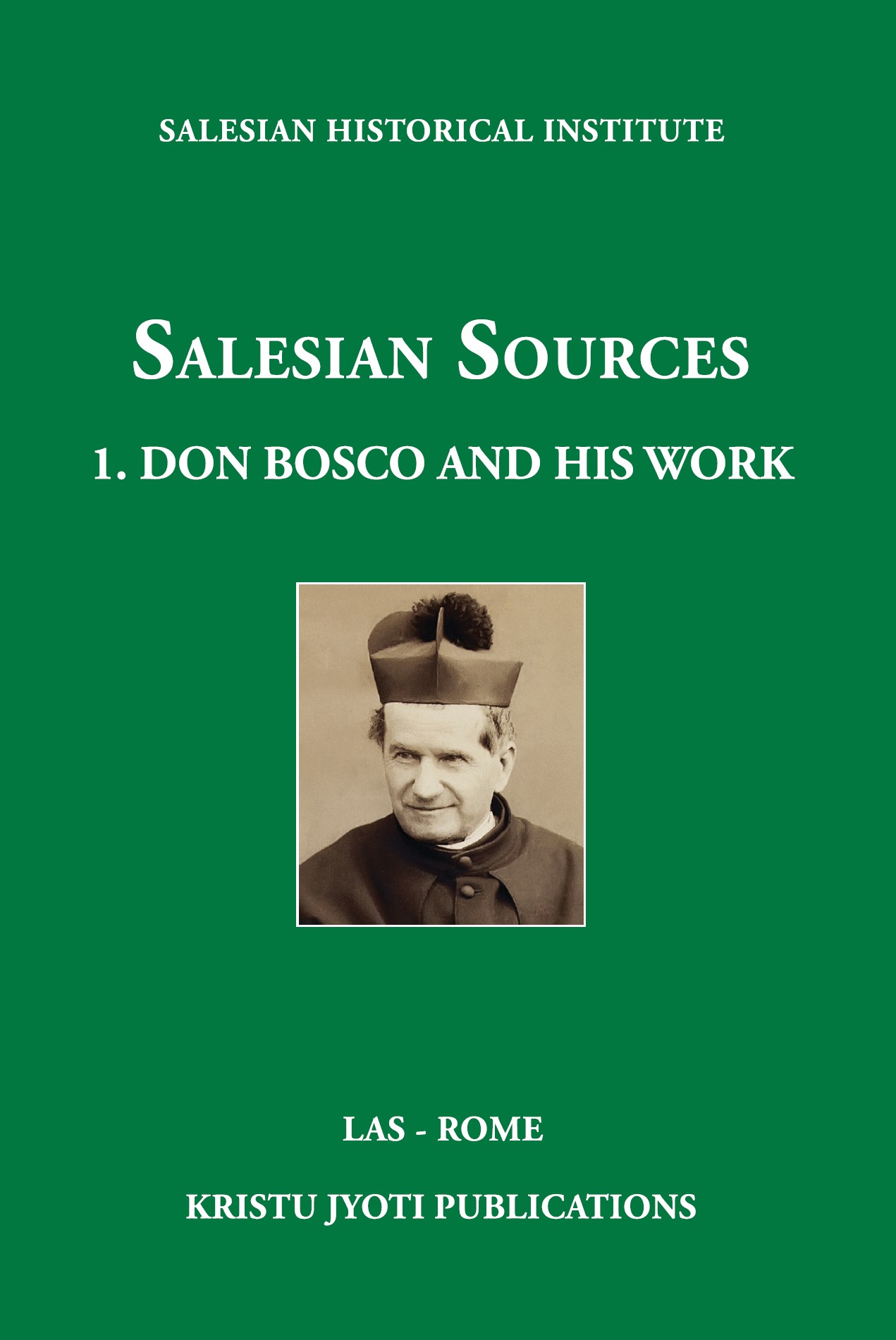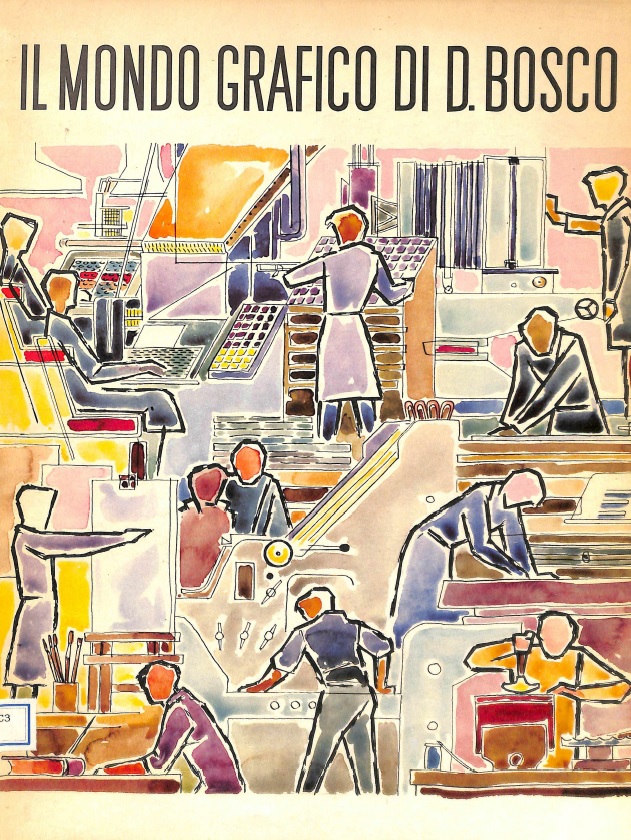The Law of Guarantees on 13 May 1871 and decrees applying to this required that for newly appointed bishops to enter into possession – the so-called temporalities – they had to present the Minister with the original decree of appointment and formally ask for the exequatur to be granted. This act, in the Holy See’s judgement, implied recognising the Kingdom of Italy which came into being in 1861, and included part of the Papal States ‘illegally’ taken from the Pontiff.


